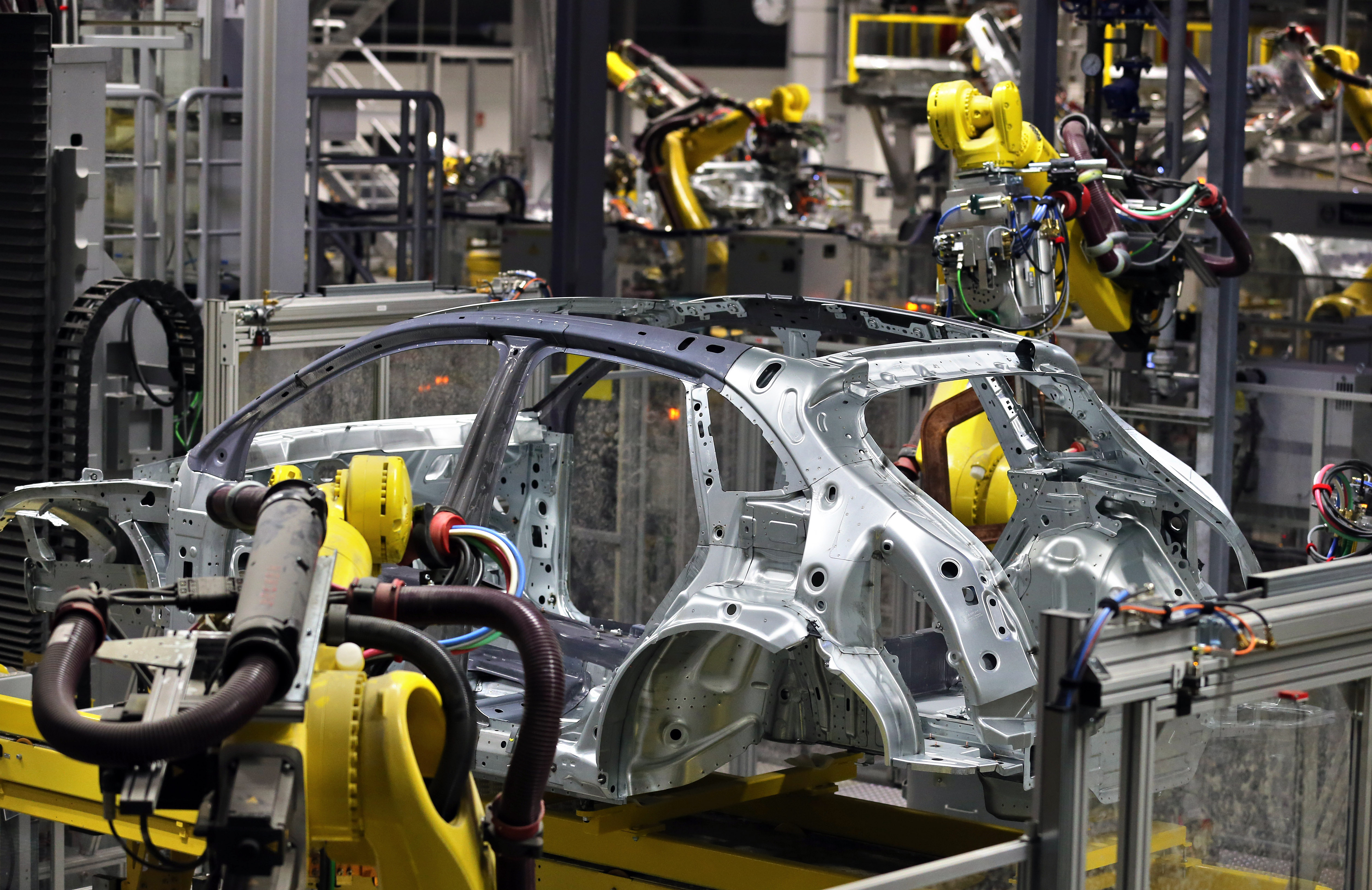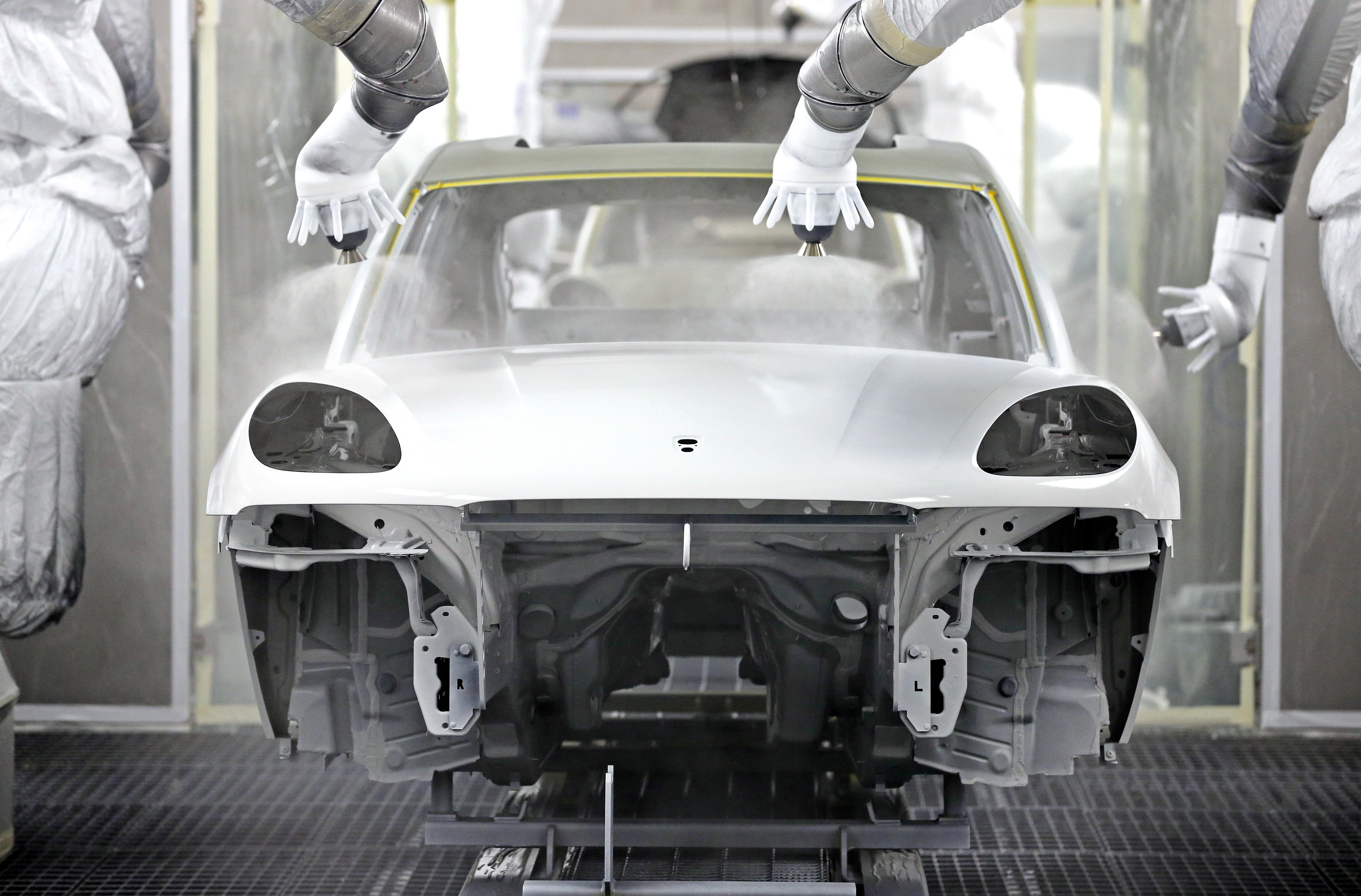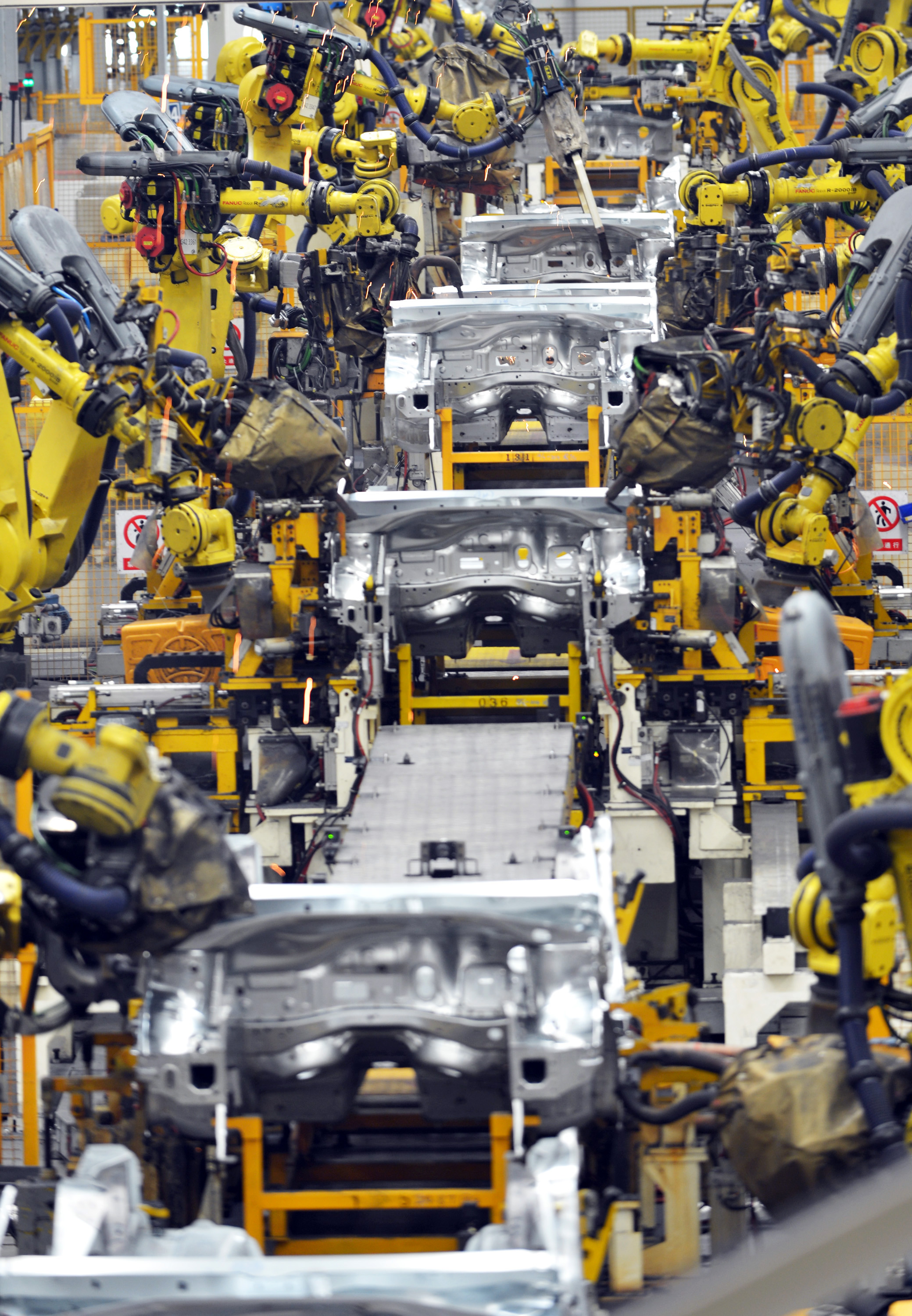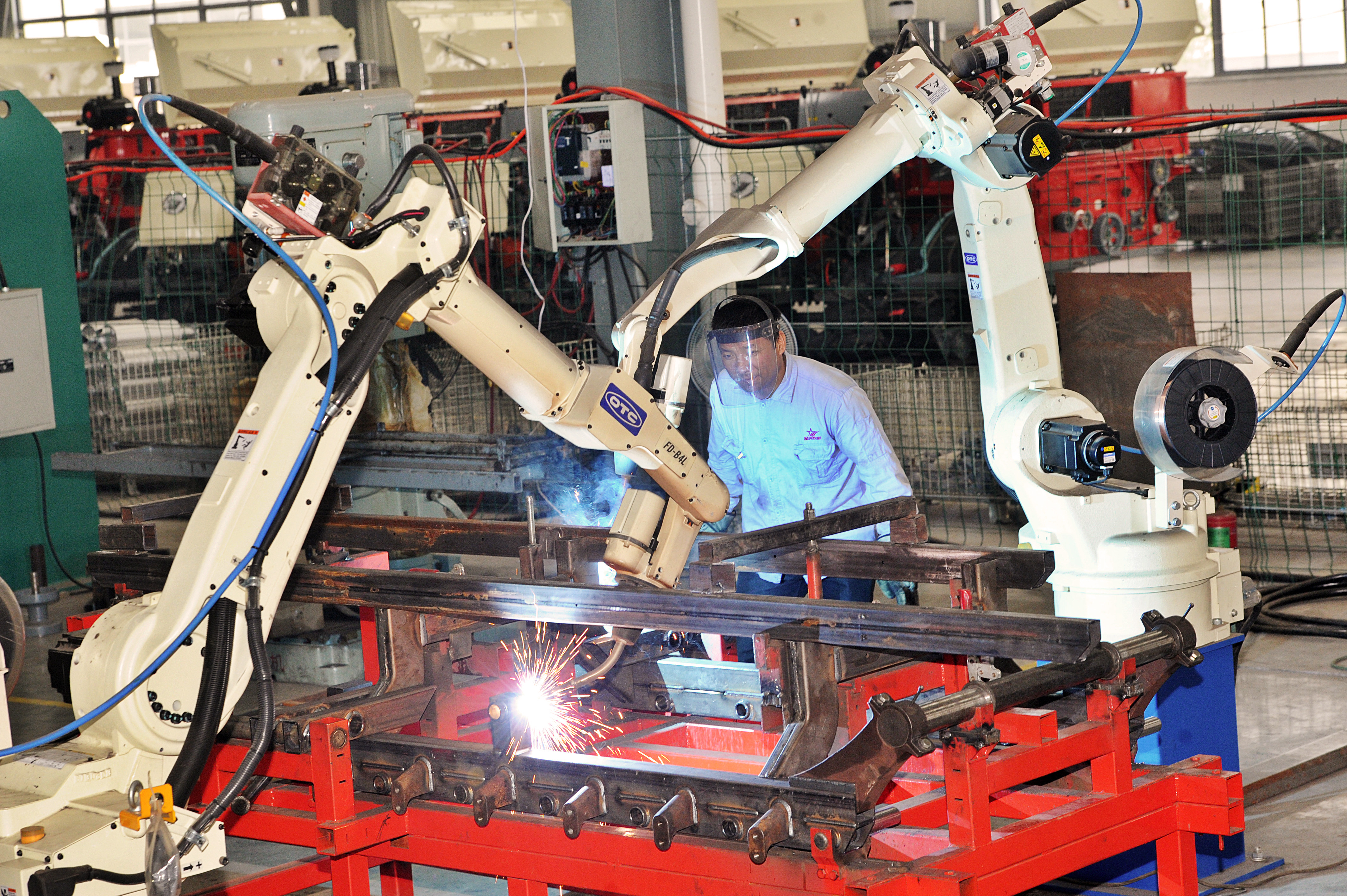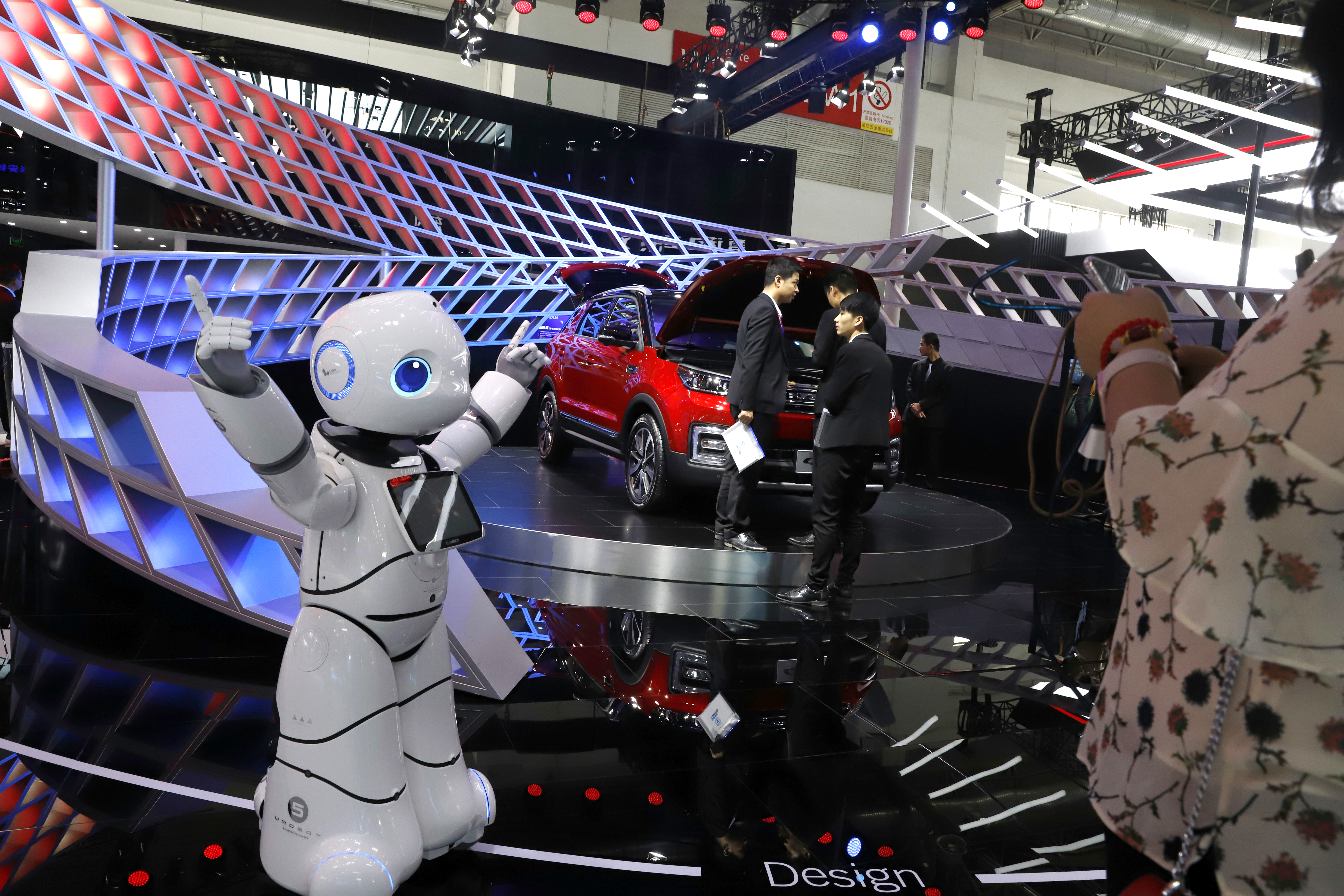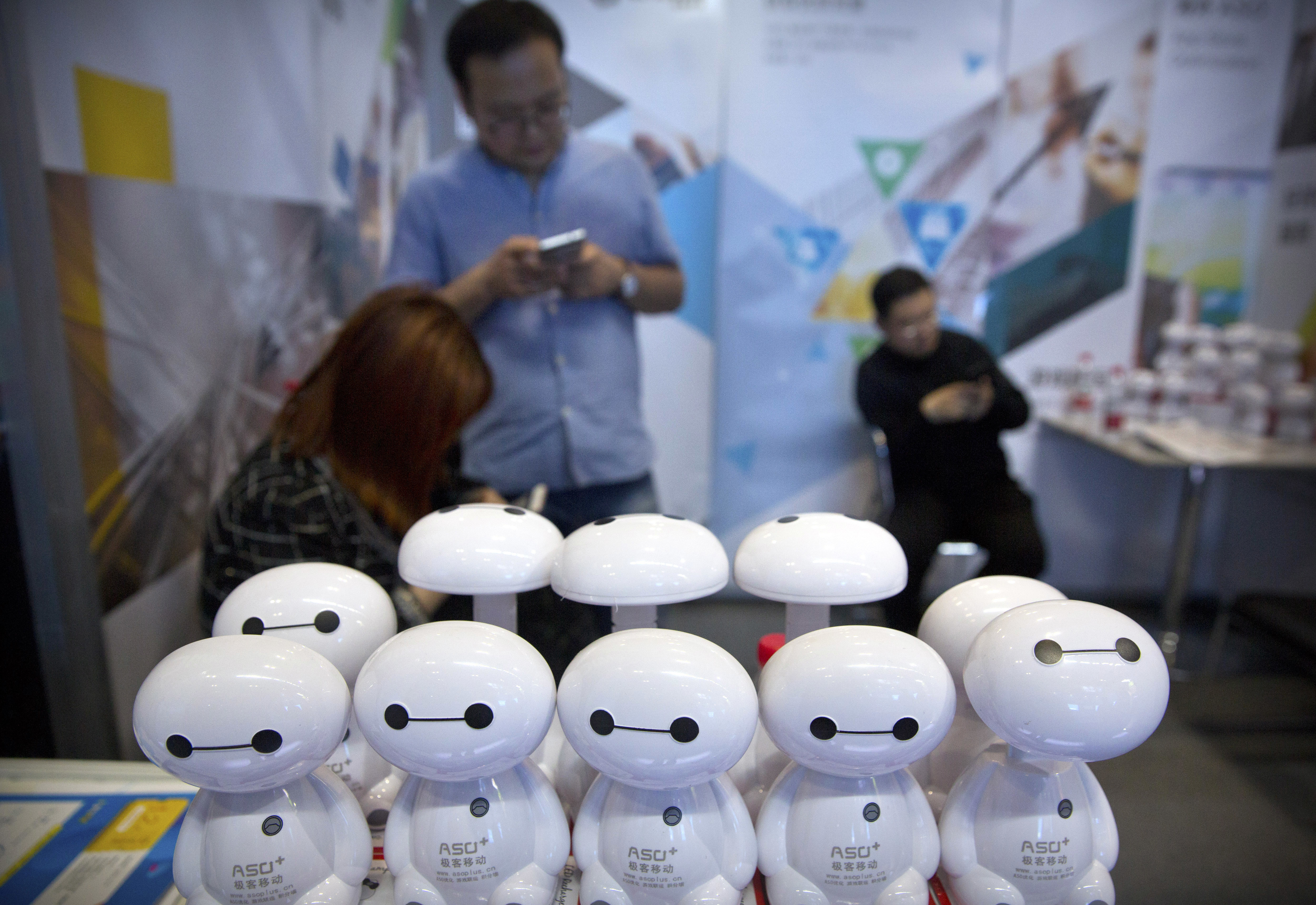Al tuo posto
«La nostra società, in seguito a una riorganizzazione aziendale e ottimizzazione dei processi produttivi, ha installato una macchina, denominata Paint cap applicator, che svolge in automatico il medesimo lavoro sino ad oggi da lei svolto. È stata così soppressa la sua posizione».
È accaduto in Italia ad inizio maggio 2018, mentre si discute del nuovo governo politico, una multinazionale operante nel Nord Italia ha così dato il benservito ad un dipendente di 61 anni perchè il suo lavoro lo può compiere una macchina robot.
Giustamente c’è chi invita a non drammatizzare perchè teoricamente si può trovare un lavoro liberato dai carichi più gravosi , ma nel caso specifico può avvenire che un algoritmo sostituisca anche semplici funzioni di concetto. E chi resta fuori è la persona in carne e ossa («mi mancano 5 anni per andare in pensione e ora come faccio!») con i problemi che sono immediati, mentre altri fanno profitti nella nuova organizzazione produttiva fortemente competitiva.
Non si tratta di un ritorno al luddismo , alla rivolta degli operai che sabotavano il telaio meccanico nella prima rivoluzione industriale, ma di affrontare un problema conosciuto e prevedibile. Senza casi pietosi da esibire come frutto di un mercato ineffabile.
foto dal mondo dell’agenzia Ap su automazione e robotica industriale
